Location: Bering Land Bridge National Preserve, Alpine Tundra
Although the permafrost makes it difficult for plants to survive, there are some that can. There are lichens, low bearing shrubs, mosses, liverwart, and grasses. There are also 400 species of flowering plants that are able to survive on the rocky soil.
The plants are adapted to sweeping winds and disturbances of the soil. Plants are usually short and grouped together to bear through the harsh weather. They are able to carry out photosynthesis with little light and low temperatures. Most of the plants reproduce by budding and division rather than flowering.
Arctic Moss: an aquatic plant found growing on the bottom of lakes beds
and in and around bogs or fens. It is a very slow growing plant, growing approx. one centimeter per year and shoots living for about seven to nine years.
Genus: Calliergon
Species: giganteum

---------------------------------------------------
Rock Willow: grows prostate, shrub, and carpet. It has developed adaptations to bear the cold of the North American Tundra. The arctic willow will produce a pesticide to keep insects away during the growing season.
Genus: Salix
Species: arctica
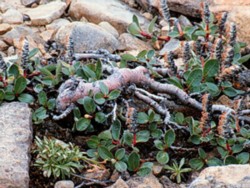 -------------------------------------------------------------------
Caribou Moss or Reindeer Lichen: although one of its common names is moss, it is not a moss but a lichen. Grows in arctic and northern regions around the world. When there is little water or light available, the lichen dries out and becomes dormant.
Genus:
-------------------------------------------------------------------
Caribou Moss or Reindeer Lichen: although one of its common names is moss, it is not a moss but a lichen. Grows in arctic and northern regions around the world. When there is little water or light available, the lichen dries out and becomes dormant.
Genus: Cladonia
Species: rangiferina
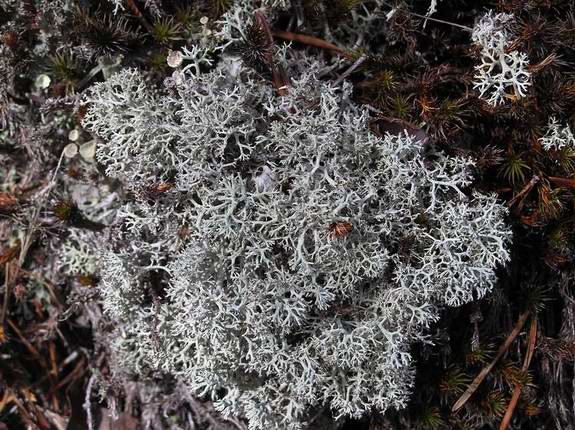
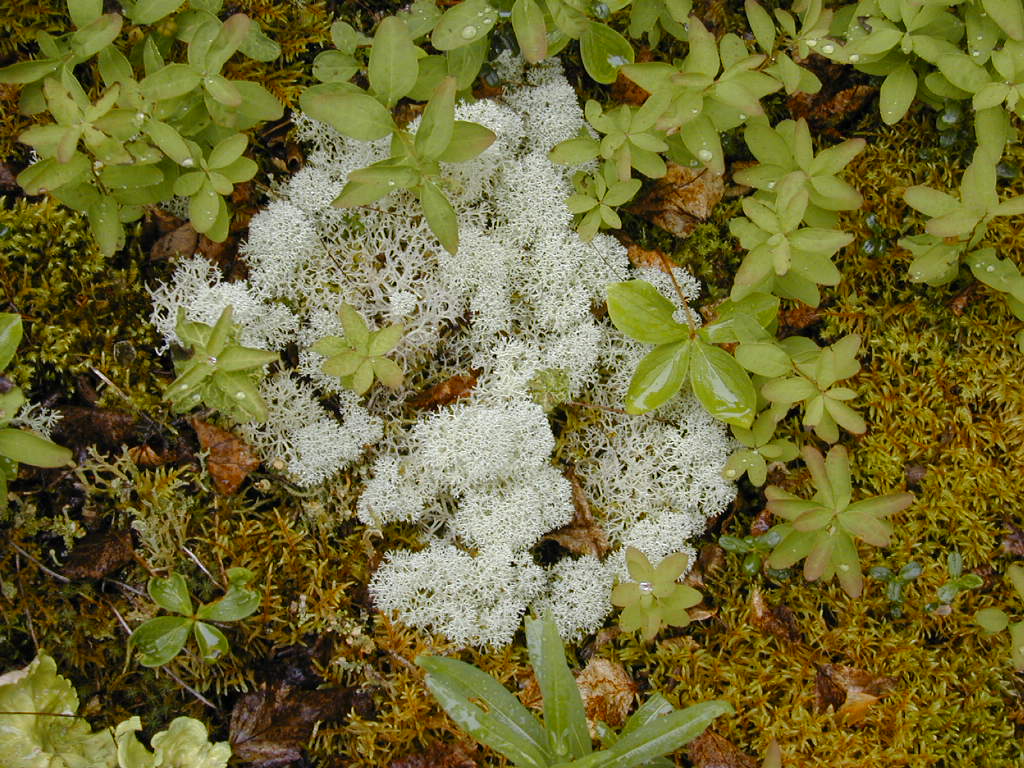
------------------------------------------------------------
Tufted Saxifrage: grows on rocky slopes or crevices. Saxifrage has well developed root system for storing carbohydrates, allowing it to respond quickly to the cold changing tundra weather.
Genus: Saxifraga
Species: caespitosa
-------------------------------------------------------------------------
Pasque Flower: only grows on southward facing slopes. Covered in fine silky hairs to insulate it from the harsh tundra cold.
Genus: Anemone
Species: patens
--------------------------------------------------------------------------------------




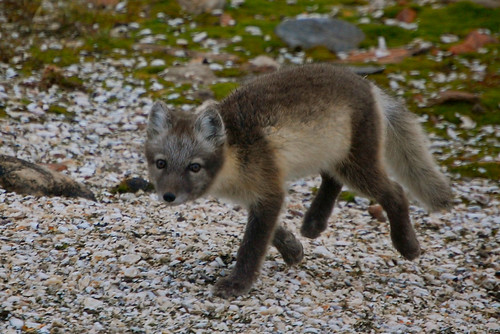



 When the tape worm is in the larval stage, it lives within the caribou feeding on its liver. After the infected caribou is killed, the polar bear or wolf that killed it ingests the tape worm. The tapeworm does not kill the caribou, polar bear, or wolf but does cause scars on the liver where it was feeding.
When the tape worm is in the larval stage, it lives within the caribou feeding on its liver. After the infected caribou is killed, the polar bear or wolf that killed it ingests the tape worm. The tapeworm does not kill the caribou, polar bear, or wolf but does cause scars on the liver where it was feeding. 






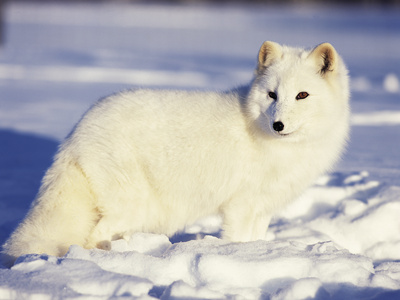








 Plants like heaths and mosses have to adapt to the very long and cold winters because the sun does not come up in the winter
Plants like heaths and mosses have to adapt to the very long and cold winters because the sun does not come up in the winter








